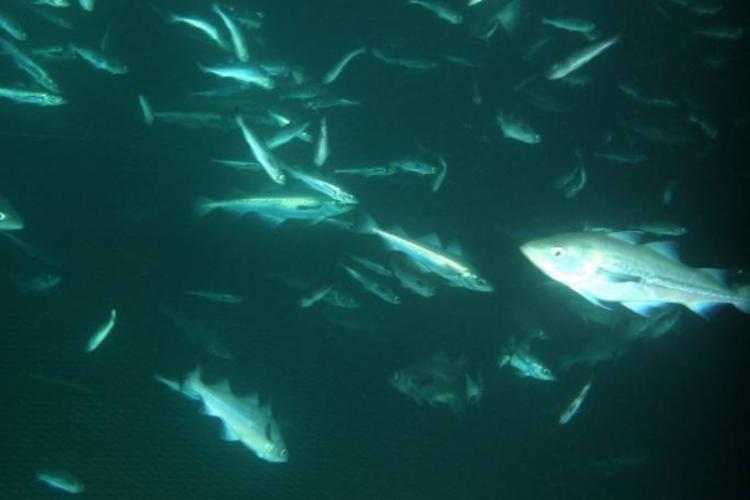The North Pacific Fishery Management Council met in Anchorage during the second week in December. Among items on its agenda the panel was to deliberate on action steps to mitigate the incidental take of chum and chinook salmon, red king crab, opilio crab and other species that come up in the tows of pollock trawlers.
Many from Kuskokwim and Yukon River villages, the crabbing industry and those representing other interests had hoped the council would take immediate action to close down trawling in vast areas of the Bering Sea.
That didn’t happen.
“The council has decided to protect the status quo and allow the trawl fleets to continue catching and discarding prohibited species such as chum salmon, chinook salmon and crab while entire western Alaska runs and crab stocks are in collapse,” says Lindsey Bloom, a campaign strategist, with SalmonState, in Juneau. “This is a total failure in fisheries management.”
Though pollock have been categorized as a mid-water pelagic species trawlers run nets deep when sonars indicate dense concentrations of fish near the ocean bottom. Though many factors have contributed to the recent crash of red king and opilio crab stocks in the Bering Sea some contend that a closure to the pollock trawl fisheries would remove that variable.
For more than a decade the Yukon River has not seen appreciable runs of chinook and chum salmon with the Kuskokwim River following on its heels. Widespread closures to commercial and subsistence opportunities have warranted an outcry from communities stretching between Emmonak, at the mouth of the Yukon, to villages dotting its tributaries in the Yukon Territory, more than 2,000 river miles upriver from the Bering Sea.
Recent salmon bycatch numbers gleaned from observer reports and genetic stock analysis by the Alaska Department of Fish and Game, found that 16,796 chinooks were Coastal Western Alaska stocks, and of those, 670 chinooks were stocks bound for the Middle Yukon with 729 fish headed for the Upper Yukon. An estimated 16 percent of the chum salmon bycatch is made up of Coastal Western Alaska Stocks.
Shutting down the trawl fisheries, however, would have a significant economic impact on at least 65 western Alaska villages – and their 28,000 residents who receive funding under the Community Development Quota program. With combined assets of $1.4 billion the six economic development groups grant millions of dollars in communities for schools, roads and other public infrastructure.
On top of that, some the groups own pollock trawlers and lease shares on others.
Given the evolving complexity in the economic structure of the pollock fishery the council invites litigation at its every move.
Many complain that the fear of legal consequences and compliance to other federal acts—National Environmental Policy Act, (NEPA) the Magnuson-Stevens Act (MSA) and Administrative Procedures Act (APA) hobbles the council’s ability to take action in response to emerging fisheries issues.
“It is not solely litigation that makes the process too slow,” says Linda Behnken, executive director of the Alaska Longline Fishermen’s Association, in Sitka. “The council process has to comply with NEPA and MSA and APA.” Behnken fishes out of Sitka and also served on the council from 1992 to 2001.
At its December meeting the council asked its 12-member Salmon Bycatch Committee to draft recommendations and present them following two more meeting cycles. The council tentatively meets again on Feb. 6 and April 3, which puts the bycatch committee’s recommendations on the agenda for June 5, in Sitka.
“The council process is not equipped to adequately manage fisheries in this era of dramatic change in our oceans and rivers,” says Bloom. “That is a glacial pace for responsive fisheries management and will likely result in eleventh-hour actions that are simply too little too late.”







